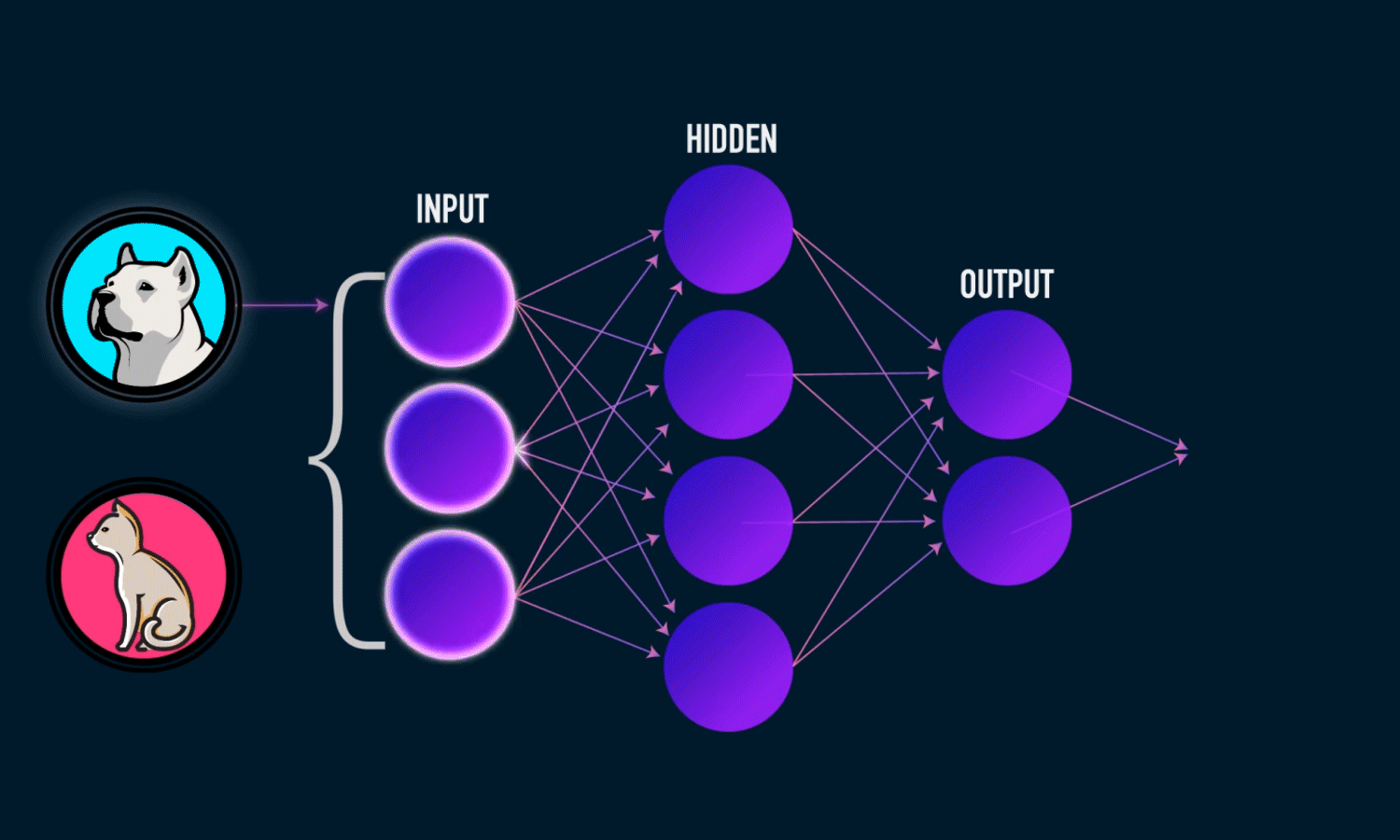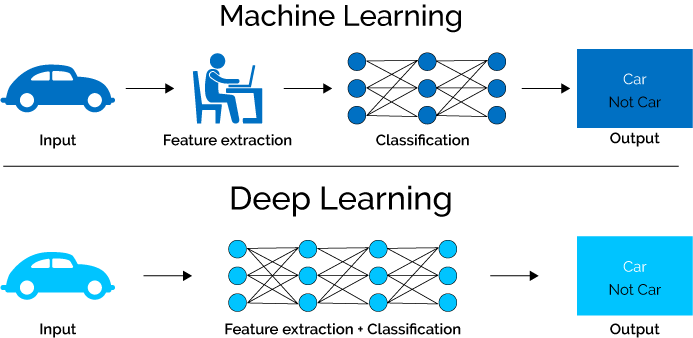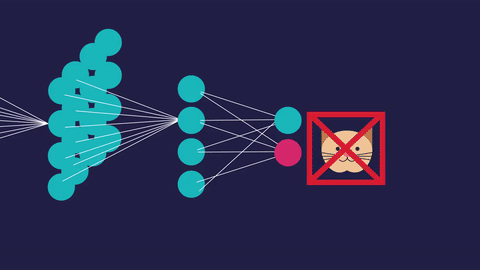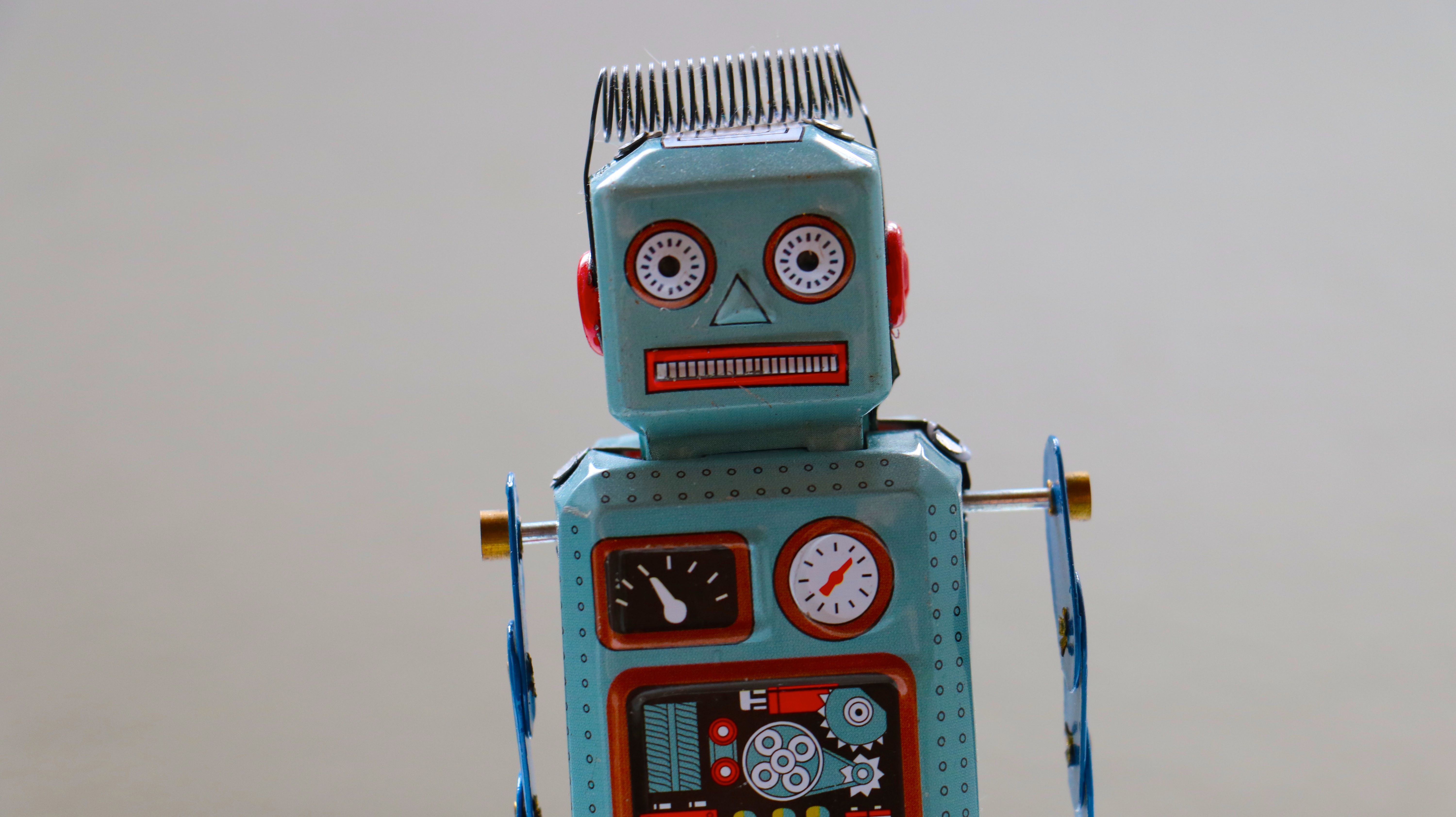What is the Difference between Artificial Intelligence, Machine Learning, and Deep Learning?
Simply put, Artificial Intelligence, or AI, is a state in which machines have human cognitive abilities. Machines of the past required explicit instructions. It took time and a lot of work to construct algorithms or recipes for machines to follow. AI enables machines to make their own recipes.
Right now, artificial intelligence is to Silicon Valley what Fox is to Comcast and Disney. Not just technology, but AI is set to revolutionize every industry. AI is often wrapped with other terms — Machine Learning, Deep Learning, Reinforcement Learning. Are they all the same and if not, what are the differences between them?
Machine Learning
Humans aren’t born with the ability to speak or read. They learn it over time. Newborns just listen for an entire year before pronouncing sensible words and it’s mostly out of annoyance to tell adults to stop the baby-talk. We learn by making mistakes and learning from past actions. The same ideology applies to machine learning in a broad context. Things are bound to repeat themselves. Learning the behaviors and events of the past might help you make informed decisions in the future. You input thousands of images of apples and oranges and let the machine define a logic to describe an apple and learn to differentiate it from an orange.

AI is bound to make mistakes. The method of teaching an AI, i.e. machine learning has this principle deeply rooted that it learns from trial and error — as do humans. Like a significant portion of the population learned (again) in 2008 to never ignore cycles. With the help of machine learning, computers can now be “trained” to predict the weather, determine stock market outcomes, understand your shopping habits, control robots in a factory, and so on.
The pedagogy of machine learning can further be categorized into supervised learning, unsupervised learning and reinforcement learning. Before we delve into these concepts it’s important to note the concept of features. The machine learning algorithms learn a particular behavior based on features provided to it. Like size can be a feature to identify an animal. Now, it’s up to the algorithm to learn that an elephant is bigger than a mouse.
Supervised Learning
Supervised learning is when the machines have been provided with labeled data or a correct answer. Suppose, the task is to classify cats and dogs. The algorithm is given thousands of images and also told what animal the image is of. It then learns how the features define the animals.
Unsupervised Learning
In unsupervised learning, the data isn’t labeled. The program doesn’t know what the images are about. It instead learns to distinguish between images based on similarities it discovers. The algorithm will figure out that the animals of different sizes and shape are probably not of the same kind.
Reinforcement Learning
Reinforcement learning derives its technique from behavioral science. It follows an action and reward method to teach the program. By defining what actions could be taken and how a reward is earned, the algorithm keeps on playing the game, gets rewarded at times and punished otherwise. Eventually, it learns a way to maximize its utility. That’s very much how Google’s AlphaGo learned and managed to defeat Go Master Lee Sedol.
Deep Learning
Deep learning draws its influence vaguely from the architecture of neuron networks inside a brain. Information from a neuron gets passed to another one and at each step, the information gets processed to finally arrive at an output. Similarly, the layers in deep learning form a network such that relevant information gets stronger connection and irrelevant information is filtered out. This mechanism helps it reach from the pixels of a cat to eventually understand the high-level concept of identifying the image as that of a cat.

The advantage of deep learning methods is that it selects the features from the huge chunks of data provided to it. This isn’t another kind of machine learning nor it is mutually exhaustible. Decisions made by humans aren’t a one-step process. Breaking down pieces of information and then tying it up together is what it is trying to achieve. Standard machine learning models require feature engineering which is a vital step to ensure that the program doesn’t pick up nonsense connections. Deep learning can be thought of as a way to simplify this step for huge data-sets like an image with millions of pixels.

Research by Naftali Tishby and Ravid Schwartz-Ziv from the Hebrew University of Jerusalem brings up a rather interesting observation about how deep learning algorithms work. Deep learning is not about capturing new patterns, but rather filtering out irrelevant information. The authors observe that at each layer of a network the algorithm loses information. The huge chunk of data that’s imported is compressed while getting rid of noise or irrelevant information. Much of what humans do in these days of fake news.

Bringing it all together, artificial intelligence is human-like intelligence but just not human. Machine learning is the method to teach, like how we use schools to educate children. Deep learning is a tool to help execute machine learning algorithms, like textbooks.
The views expressed above are not necessarily the views of Thalēs Trading Solutions or any of its affiliates (collectively, “Thalēs”). The information presented above is only for informational and educational purposes and is not an offer to sell or the solicitation of an offer to buy any securities or other instruments. Additionally, the above information is not intended to provide, and should not be relied upon for investment, accounting, legal or tax advice. Thalēs makes no representations, express or implied, regarding the accuracy or completeness of this information, and the reader accepts all risks in relying on the above information for any purpose whatsoever.






